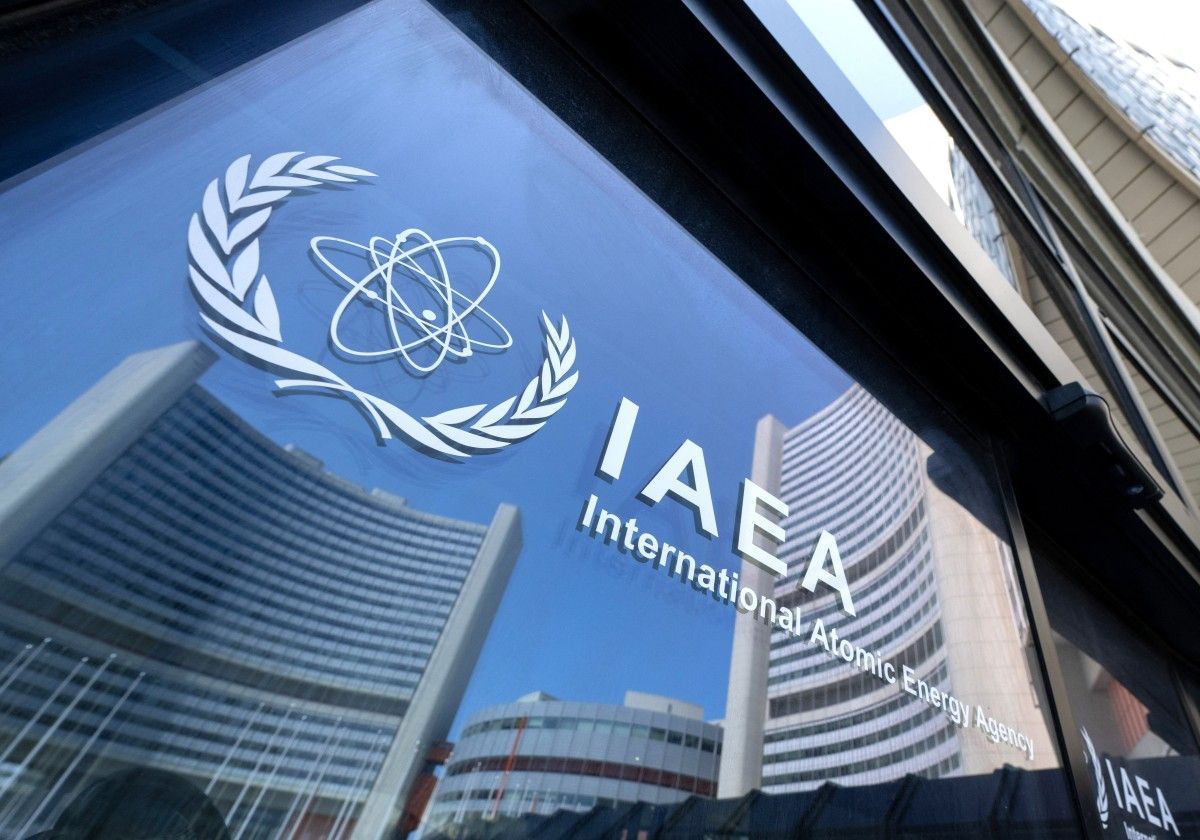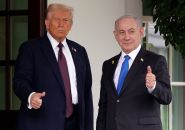- Home
- Arab World
- Nuclear Flashpoint: Understanding the NPT in Today’s Geopolitical Climate

©Joe Klamar / AFP
As Israeli strikes on Iranian targets intensify, Tehran is now threatening to withdraw from the Treaty on the Non-Proliferation of Nuclear Weapons (NPT) – a cornerstone of the global nuclear order signed over half a century ago, yet still at the heart of today’s regional tensions.
A Treaty Born in the Shadow of the Bomb
The NPT was signed in 1968 during the height of the Cold War and entered into force in 1970 with a clear goal: to prevent the further spread of nuclear weapons. Its preamble warns of “the devastation that would be visited upon all mankind by a nuclear war” and urges the international community to do everything possible to avoid such a scenario.
The treaty is built on three core pillars: preventing proliferation, promoting disarmament and ensuring controlled access to peaceful nuclear technology.
Nearly Universal Adoption – But Unequal Commitments
Today, the NPT has been ratified by 191 countries, making it one of the most widely supported international agreements. However, four states have never joined: India, Pakistan, Israel and South Sudan.
Only five countries are officially recognized as nuclear-weapon states under the treaty – those that tested nuclear weapons before 1967: the United States, Russia, China, France and the United Kingdom. In return for this status, they pledged to pursue gradual disarmament. Yet critics argue that this promise remains largely unfulfilled, as these countries have retained their nuclear arsenals.
Iran and the NPT: Between Commitment and Controversy
Iran ratified the NPT in 1970. Officially, it maintains that it does not seek to acquire nuclear weapons. Yet since the early 2000s, its nuclear program has sparked growing international suspicion and tension.
While the International Atomic Energy Agency (IAEA) has never confirmed that Iran is developing a nuclear bomb, several of its reports have flagged uranium enrichment levels well above those typically required for civilian use. As early as 2012, enrichment had reached 20%. Today, according to the latest assessments, those levels are significantly higher.
Following recent Israeli strikes on Iranian territory, Tehran’s Foreign Ministry revealed that internal deliberations are underway over a possible withdrawal from the NPT. While such a move wouldn’t automatically signal an intent to build a weapon, it would lift legal restrictions and make that path more accessible.
Global Precedents and the North Korean Example
Over the years, several countries have stepped away from nuclear weapons programs. South Africa dismantled its arsenal in the 1990s. Libya, Brazil, Sweden and Switzerland abandoned their efforts before reaching advanced stages. After the fall of the Soviet Union, Ukraine, Kazakhstan and Belarus returned their inherited nuclear stockpiles to Russia, the USSR’s successor state.
North Korea, however, chose a different route. It withdrew from the NPT in 2003 and conducted its first nuclear test just three years later – often cited as a cautionary precedent.
As for Israel, it never signed the NPT. Though it has never officially confirmed its nuclear arsenal, it is widely believed to possess nuclear weapons.
When the Treaty No Longer Provides Assurance
Tehran continues to affirm that it does not seek nuclear weapons. The Iranian leadership frequently cites the 2005 fatwa issued by Ayatollah Ali Khamenei, which forbids the production, possession and use of nuclear arms.
However, amid the escalating conflict, the question of the treaty’s effectiveness is back in focus. “The NPT prohibits the Islamic Republic from possessing nuclear weapons. But if Tehran withdraws, it would usher in an entirely different dynamic,” a former UN diplomat told Reuters.
The war is ongoing. What is new is not the bomb, but the possibility that it will be used.
Read more




Comments